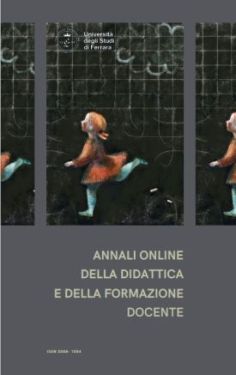Nuovi approcci nei corsi di Matematica per l’Architettura: connettere forme e formule in geometria attraverso esperienze laboratoriali
DOI:
https://doi.org/10.15160/adfd.v14i24.2586Keywords:
mathematics education, higher education (architecture), hands-on methodologies, mathematical workshops, origamiAbstract
First-year mathematics courses in architecture aim to provide students with scientific language, increase spatial, creative, thinking together with the ability to recognize and create forms, and enable informed use of design software. However, future Italian architects often consider these courses marginal in their education (Pagano, & Tedeschini Lalli, 2005). In order to overcome this criticality, we developed an experimental 4-hour workshop following the DBR methodology (Brown ,1992; Barab & Squire, 2004). The didactic content is the parabola, familiar to first-year students, rediscovered with activities aimed at revealing the connection between geometric form and analytical description. Students fold (on paper) the envelope of a parabola, verify the reflection property, thus "discovering" the algebraic description of the curve and, finally, apply it to a problem of architectural luminosity. After the design phase, the lab was experimented with two groups of 75 first-year students from Politecnico di Torino and Università Roma Tre in a.y. 2021-22. Comparison of our field notes with comparative analysis of the responses of a final questionnaire provided us with encouraging results on conceptual learning and engagement, with an impact on mathematics beyond the specific example considered in the workshop.
Downloads
Published
Issue
Section
License
Copyright (c) 2023 Annali online della Didattica e della Formazione Docente

This work is licensed under a Creative Commons Attribution-NonCommercial-NoDerivatives 4.0 International License.






